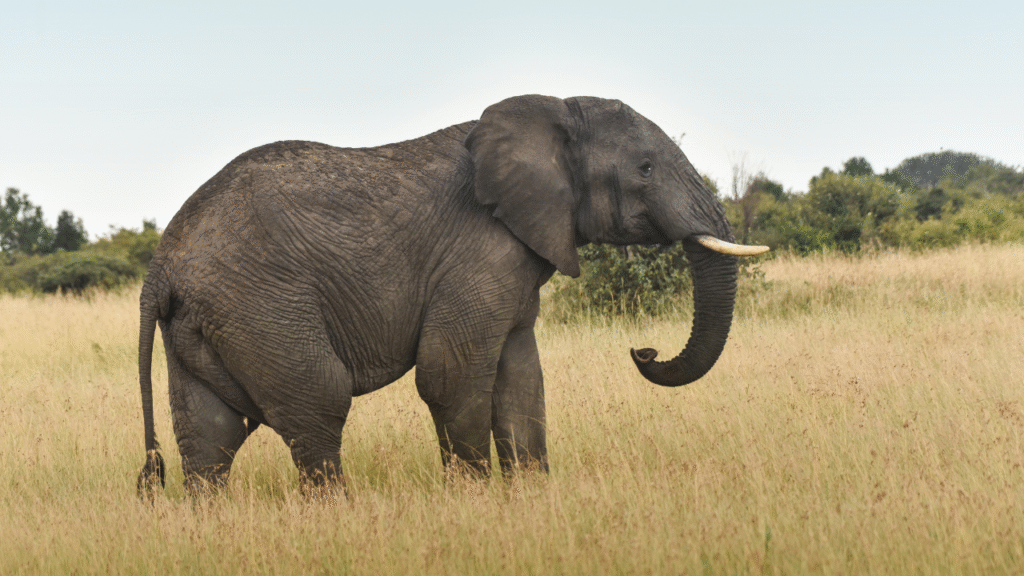Elephant Family Structure: A Look Into Their Social Bonds
Elephants are not only the largest land animals on Earth—they are also among the most emotionally complex and socially intelligent. The elephant family structure is a remarkable example of matriarchal leadership, lifelong bonds, and cooperative care that rivals even some human communities. Understanding their family dynamics helps us appreciate their emotional depth and reinforces the importance of conservation efforts.

The Matriarch: Leader of the Herd
At the heart of every elephant family is the matriarch, the oldest and most experienced female. She is responsible for guiding the group, remembering migration routes, finding food and water, and detecting danger. Her knowledge, built over decades, is vital for the survival of the herd—especially in changing environments or during droughts.
Matriarchs are not aggressive rulers. Instead, they lead through wisdom, memory, and example, earning respect from younger elephants.
The Core of the Herd: Mothers and Calves
Elephant herds typically consist of closely related females—mothers, sisters, aunts, and daughters—along with their young. Male elephants stay with the group until puberty (around 12–15 years old), after which they leave to live solitary or bachelor lifestyles.
Mothers are highly devoted to their calves. Newborn elephants are dependent for several years, and their mothers nurse them for up to 4 years. Other females in the group often act as allomothers—aunts who help protect, guide, and even babysit calves. This cooperative care system ensures higher survival rates for the young.
Communication and Emotional Bonds
Elephants rely on vocalizations, touch, trunk gestures, and infrasound (low-frequency sounds) to communicate over long distances. These signals help coordinate movement, warn of predators, and express emotions.
They also show a strong capacity for grief, joy, reunion, and even problem-solving. Elephants have been observed mourning dead herd members, gently touching bones or staying near the body for hours or days.
Young Elephants: Learning by Example
Young elephants grow up watching and learning from older herd members. They learn how to find food, recognize threats, and navigate social hierarchies. Playtime is not just fun—it’s critical for motor skills, bonding, and cognitive development.
The presence of older elephants is crucial. Calves raised without mature females often show antisocial or erratic behavior, proving the importance of a stable family unit.
The Role of Male Elephants
Once males leave their family herd, they either live alone or form loose associations with other males. Although separate, adult bulls return to interact with female groups during mating season. Older bulls often serve as mentors to younger males, helping them learn acceptable behavior and social cues.
Conservation and Family Disruption
Tragically, elephant families are often torn apart by poaching and habitat loss. Killing a matriarch not only removes a leader but also fragments the entire group’s social fabric. Orphaned elephants can suffer from trauma, stress, and behavioral issues.
Conservation programs increasingly recognize the importance of keeping elephant families intact and protecting matriarchs as key to the species’ survival.
Final Thoughts
The social bonds of elephants are a powerful testament to their intelligence, empathy, and resilience. Their family structure is not just about survival—it’s about love, memory, teaching, and legacy. As we continue to learn from these majestic creatures, we are reminded that preserving elephant herds means preserving generations of wisdom and connection.








